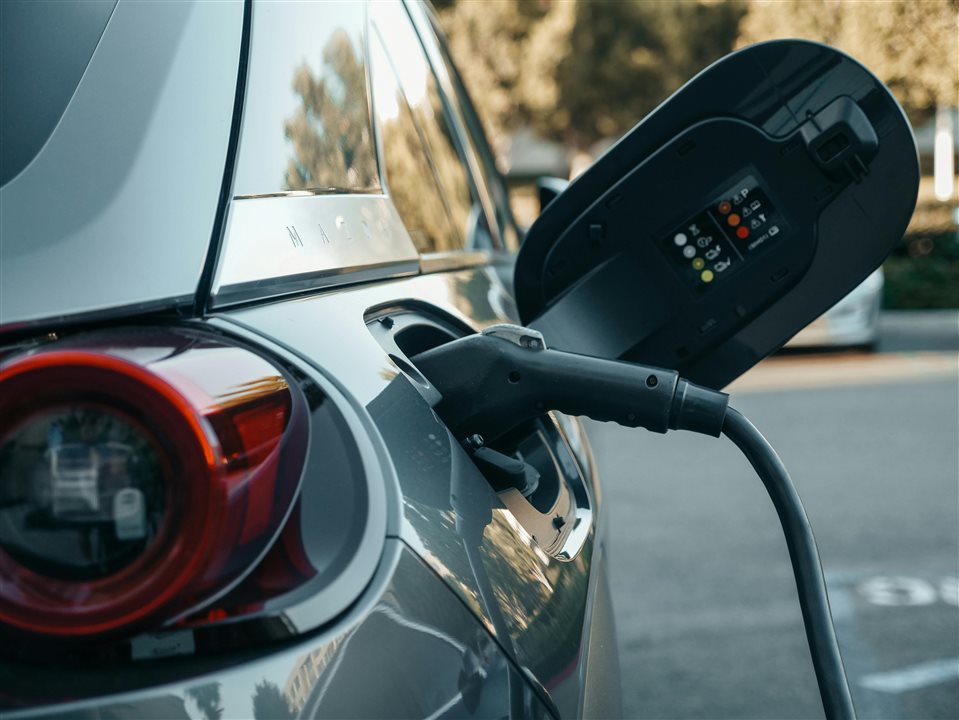
(Image credit: Pexels)
As electric vehicles (EVs) continue to rise in popularity, California is on track to retire millions of EV batteries over the next few decades. So, what happens to all those batteries once they can't power a car? A new study published by researchers at the University of Munster, Fraunhofer FFB, and Lawrence Berkeley National Laboratory shows that reusing retired electric vehicle (EV) batteries before recycling them can significantly help reduce carbon emissions, especially for states like California.
To that end, the researchers provide a trio of models for recycling and repurposing EV batteries in the foreseeable future.
- Baseline (only 2.5% reused)
- Recycling-first (100% recycled immediately)
- Second-use-first (reuse prioritized until storage demand is met, then recycle)
The researchers' findings show that the immediate recycling of all retired batteries could eliminate 48 million metric tons of CO2 by 2050. However, repurposing them for stationary grid storage could raise that number to 56 million tons of CO2. That's an additional 8 million tons of avoided emissions, largely due to delays in reuse, which reduces the need to manufacture new lithium-ion batteries, which consume large resource materials and are carbon-intensive.
The study also highlights a major caveat: by mid-century, battery supply will outpace second-use demand, leading to an oversupply of repurposed batteries. That makes it critical to invest in recycling platforms to avoid bottlenecks and the efficient recovery of valuable materials such as lithium, nickel, and cobalt. While the research focuses on California, it would also benefit the county. States looking to meet clean energy targets can benefit from a "reuse-then-recycle" model, especially when tasking second-life batteries with solar and wind farms.
Have a story tip? Message me at: http://twitter.com/Cabe_Atwell

-

DAB
-
Cancel
-
Vote Up
0
Vote Down
-
-
Sign in to reply
-
More
-
Cancel
-

Fred27
in reply to DAB
-
Cancel
-
Vote Up
0
Vote Down
-
-
Sign in to reply
-
More
-
Cancel
Comment-

Fred27
in reply to DAB
-
Cancel
-
Vote Up
0
Vote Down
-
-
Sign in to reply
-
More
-
Cancel
Children